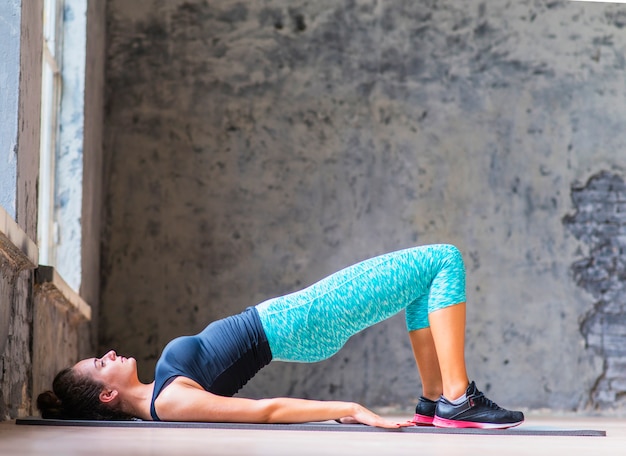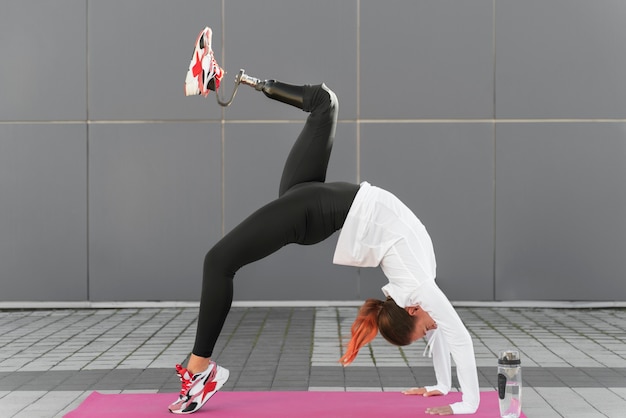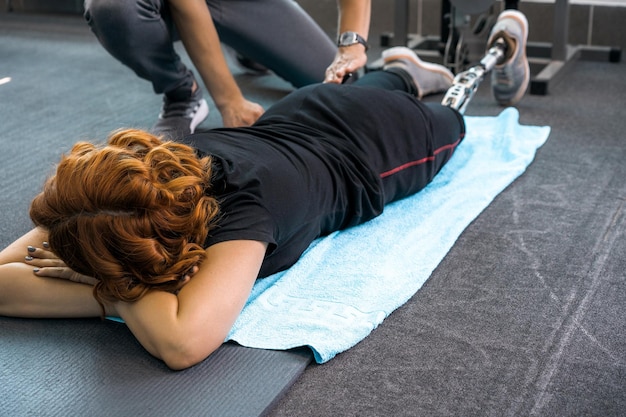Improving mobility is a key goal for athletes, fitness enthusiasts, and anyone looking to move with greater ease in daily life. Stretching plays a central role in achieving this, but not all stretching is created equal. The two most common types—static and dynamic stretching—serve different purposes and are best used at different times. Understanding when and how to use each can significantly enhance flexibility, performance, and injury prevention.
Static stretching involves holding a stretch in a fixed position for a period, typically 15 to 60 seconds. This type of stretching is most effective for improving overall flexibility and is best performed after a workout when muscles are warm.
Common examples include touching your toes to stretch the hamstrings or holding a seated forward bend. Static stretching helps lengthen muscles, reduce muscle tension, and improve joint range of motion over time.

Dynamic stretching involves moving parts of your body through a full range of motion in a controlled way. These stretches are active and prepare your muscles and nervous system for movement.
Examples include leg swings, arm circles, and walking lunges. Dynamic stretching increases blood flow, elevates heart rate, and enhances neuromuscular activation—making it ideal as part of a warm-up before exercise.

The answer depends on timing and goals. For improving long-term flexibility and relaxing tight muscles, static stretching is more effective. Studies show that consistent static stretching, especially post-workout, can lead to lasting gains in range of motion.
However, for enhancing mobility before physical activity, dynamic stretching is superior. It primes the body for movement, improves coordination, and reduces the risk of injury during exercise. Using dynamic stretches as a warm-up activates the muscles you're about to use, preparing them for action.
To maximize mobility, incorporate both types of stretching into your weekly routine:
While stretching is generally safe, it’s important to follow these guidelines:
| Day | Dynamic Stretching | Static Stretching |
|---|---|---|
| Monday | Leg swings, arm circles, walking lunges | Hamstring, quad, and shoulder stretches |
| Wednesday | High knees, torso twists, hip circles | Hip flexor, calf, and lower back stretches |
| Friday | Butt kicks, side lunges, shoulder rolls | Full-body cool-down routine |
| Sunday | — | 15-minute yoga or mobility session |
Both static and dynamic stretching have important roles in improving mobility. Use dynamic stretches to warm up and prepare for movement, and static stretches to cool down and enhance long-term flexibility. By combining both into a consistent routine—and following proper technique and safety guidelines—you’ll move better, perform stronger, and reduce your risk of injury.
Start small, stay consistent, and listen to your body. Over time, you’ll notice improved ease of movement, better posture, and greater confidence in your physical abilities.

Fitness

Fitness

Fitness

Fitness

Wellness

Wellness

Fitness

Fitness

Fitness

Fitness

Fitness

Fitness

Health

Fitness

Health

Health